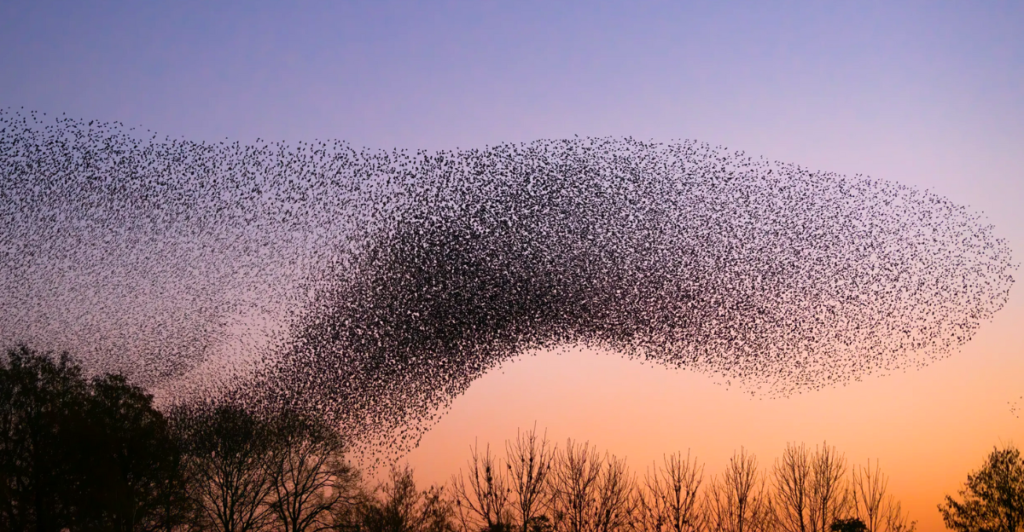
We rely heavily on meteorologists and technology to tell us what the weather will be like, but what if nature has its weather experts? For centuries, animals have been keenly in tune with the rhythms of the Earth, and many are thought to have a knack for predicting weather patterns long before they hit. While meteorologists use satellites, radar, and computer models, some animals sense impending weather changes with uncanny accuracy.
1. Cats
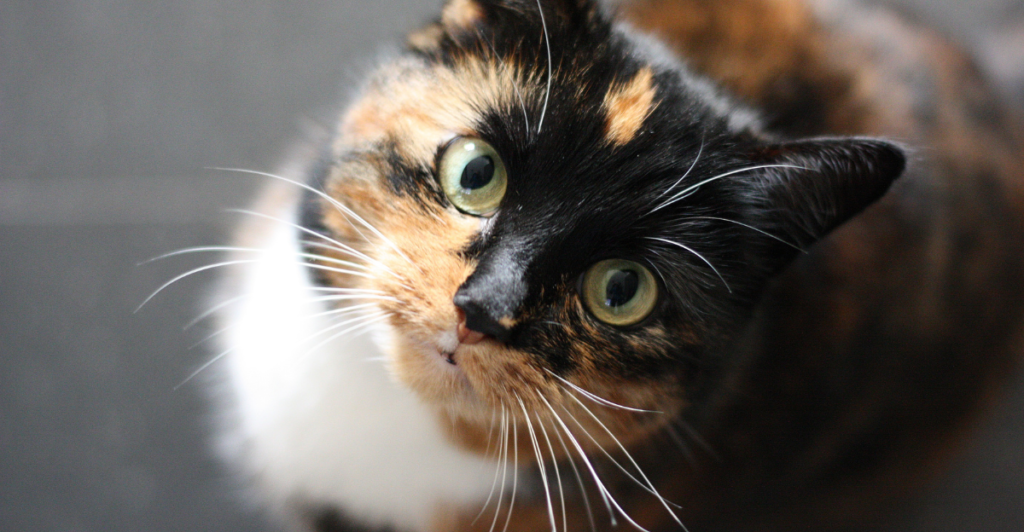
Many cat owners swear by their pets’ ability to sense impending weather changes. Before a storm, you may notice your cat acting restlessly, hiding in unusual places, or even grooming excessively. Some believe that cats are more sensitive to atmospheric pressure changes and can sense shifts in the weather long before we do.
2. Frogs
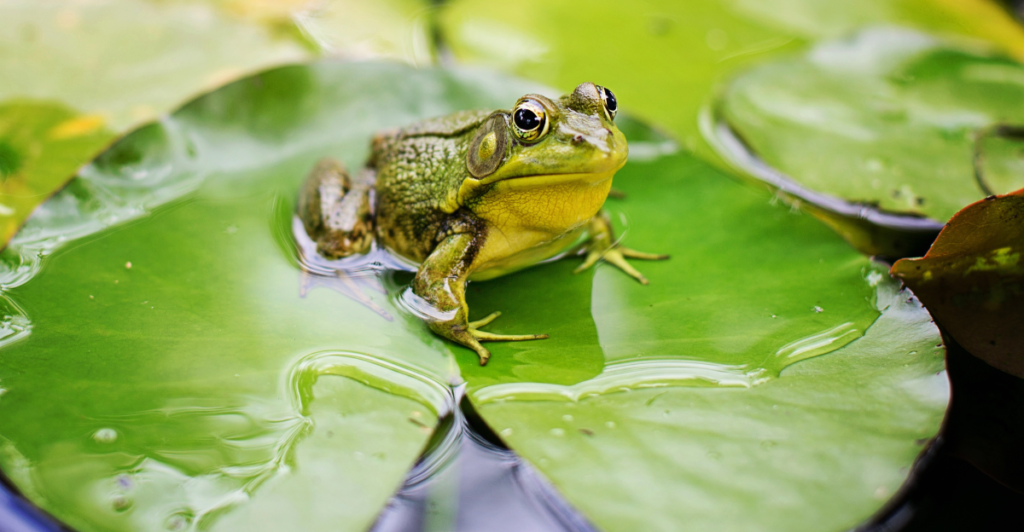
Frogs are often considered natural barometers, with their behavior giving us clues about the weather before it changes. Many species of frogs are susceptible to humidity and atmospheric pressure, which means they can often detect shifts in the weather that humans can’t. Before a heavy rainstorm, frogs may begin to croak loudly and in increased numbers, signaling that the weather is about to change. Similarly, in dry conditions, frogs might remain quiet or seek shelter.
3. Cows
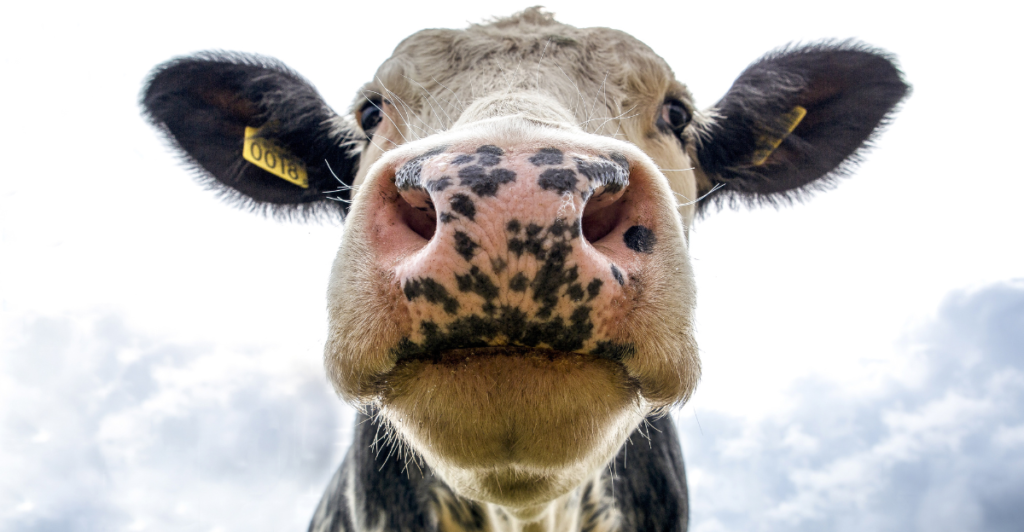
Farmers have long observed that cows often act differently before a storm. If the barometric pressure drops, cows may lie down in fields, a behavior thought to help them conserve body heat or protect themselves from the coming storm. Some cows may start moving toward sheltered areas or grazing in unusual patterns. These subtle signs indicate that cows, like many other animals, are susceptible to atmospheric changes.
4. Sheep
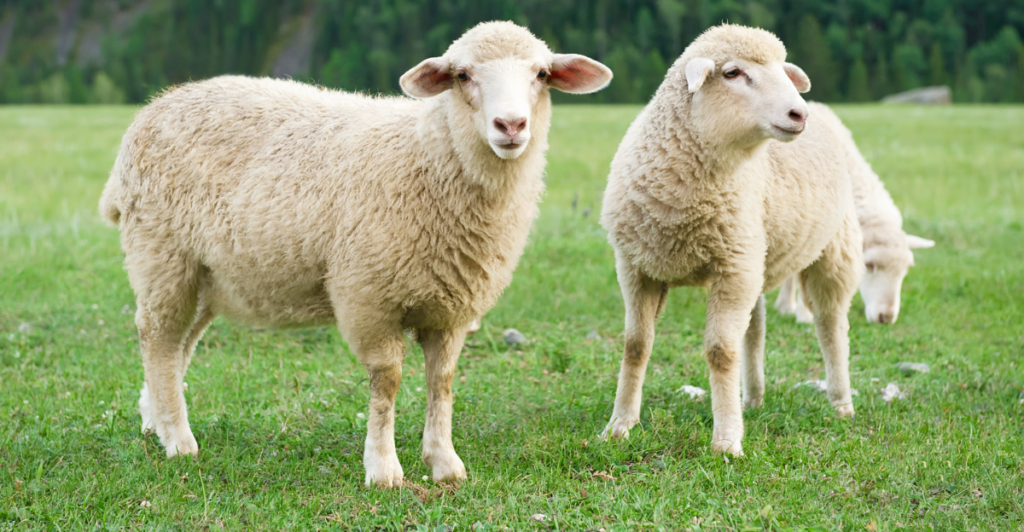
Before a storm, you may notice sheep acting restless or gathering together in tighter groups, perhaps as a way to seek shelter or protection. Some farmers believe that if the weather is about to turn, sheep will start grazing frantically, sensing a pressure drop. Sheep’s wool can also become heavier with moisture, prompting them to seek cover if they sense rain on the way.
5. Bears
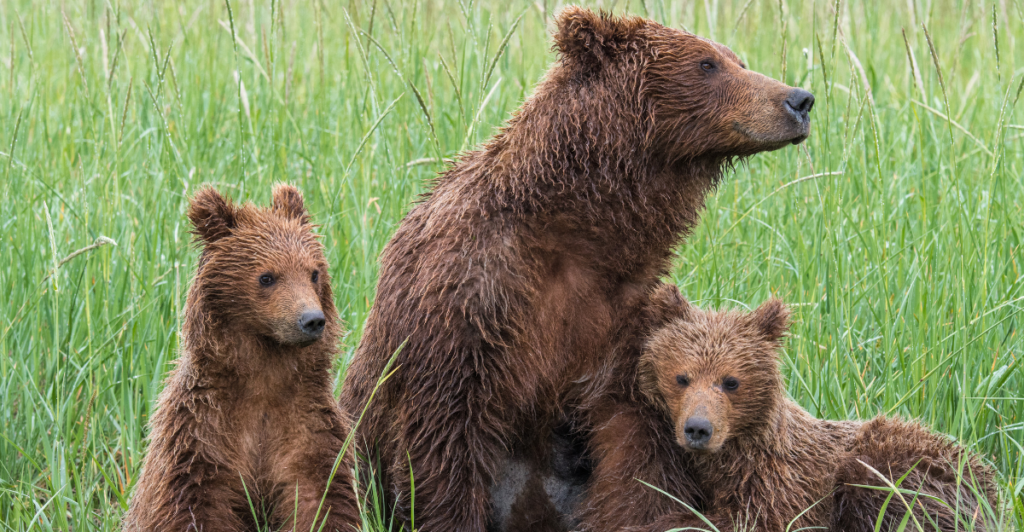
As winter approaches, bears can often predict the arrival of cold fronts and storms by altering their behavior. When the barometric pressure drops, they may begin to forage more aggressively in preparation for hibernation, sensing that colder weather is imminent. Bears are also known to become more restless before a storm, with some even seeking shelter or retreating to their dens earlier than usual.
6. Ants
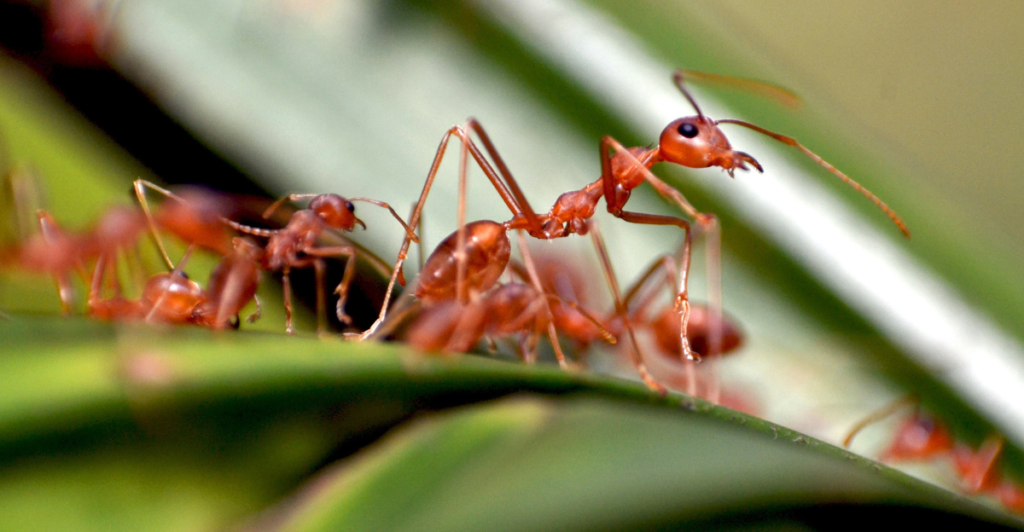
These tiny insects are susceptible to temperature, humidity, and atmospheric pressure changes, which can trigger distinct shifts in their behavior. Before a rainstorm, ants are known to hurriedly build or reinforce their nests, creating additional tunnels and reinforcing the structure to avoid flooding. Some species even abandon their colonies and seek higher ground when they sense a storm coming.
7. Bees
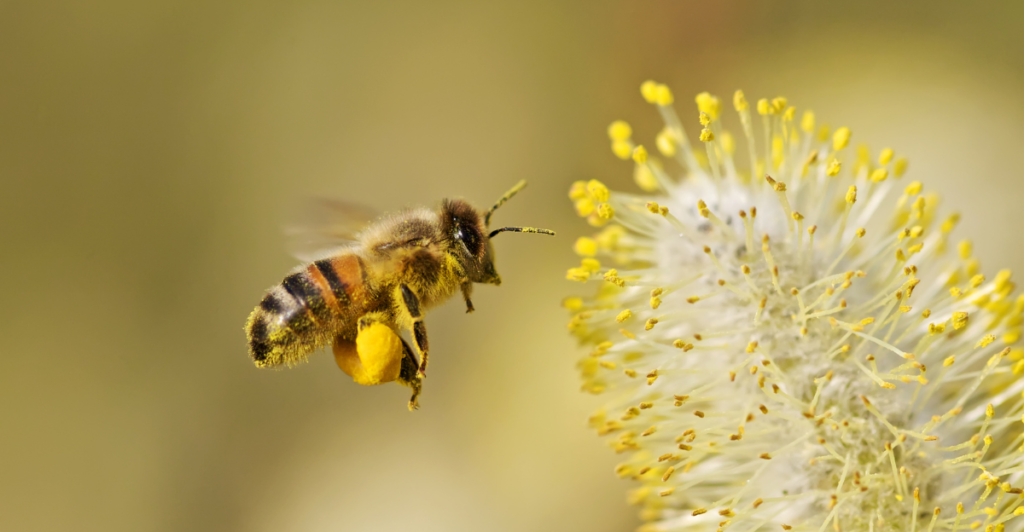
Before a storm, bees tend to stay closer to their hives as they instinctively sense the change in air pressure and know that rain or a cold front is approaching. On the other hand, when the weather is clear and stable, bees are more active, foraging and flying longer distances.
8. Groundhogs
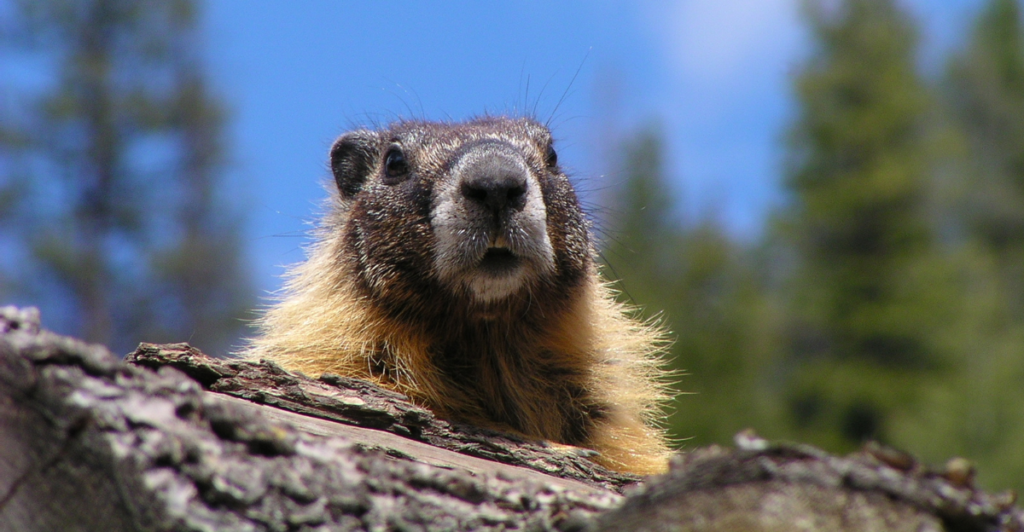
These burrowing creatures have a long history of providing weather forecasts, mainly when predicting spring’s arrival. According to folklore, if a groundhog emerges from its burrow on February 2nd and sees its shadow, six more weeks of winter are expected. While this tradition has become a fun annual event, there may be some truth behind it. Groundhogs are sensitive to subtle temperature and barometric pressure changes, so their behavior—whether they remain in their burrows or venture out—can offer clues about the upcoming weather patterns.
9. Birds
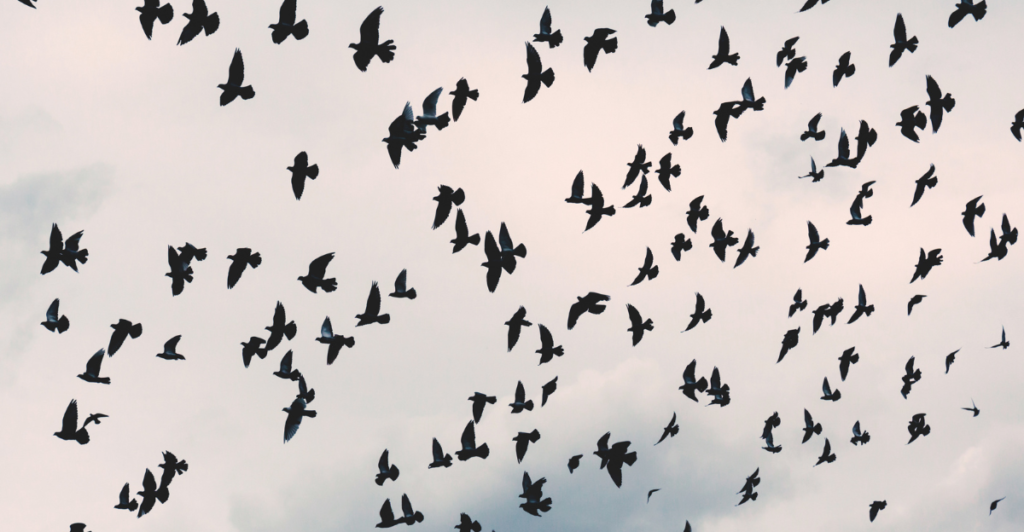
Many bird species are susceptible to fluctuations in barometric pressure, which allows them to detect storms or shifts in weather well before humans can. For example, before a storm, birds may fly lower to the ground, avoid open areas, or seek shelter in trees and dense shrubs. On the other hand, when the weather is clear and stable, birds are typically more active, singing and soaring freely in the sky.
10. Badgers
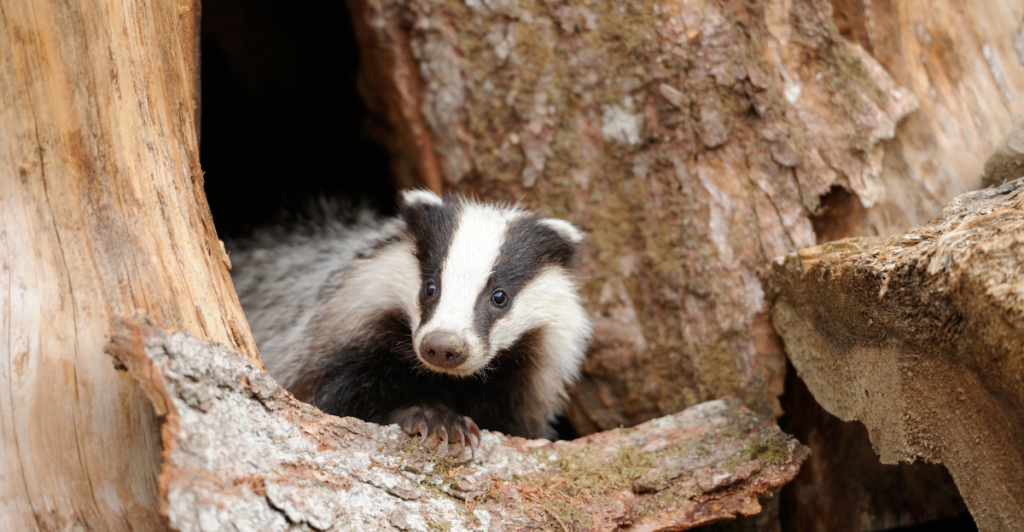
Before a storm, badgers may become more restless, moving about their territories more frequently or seeking shelter in their dens. Some studies suggest that they adjust their foraging patterns, sensing that a weather change is on the horizon. Their sharp instincts allow them to predict weather patterns accurately, making them another example of how animals use their heightened senses to react to environmental changes long before meteorologists can make a forecast.
11. Squirrels
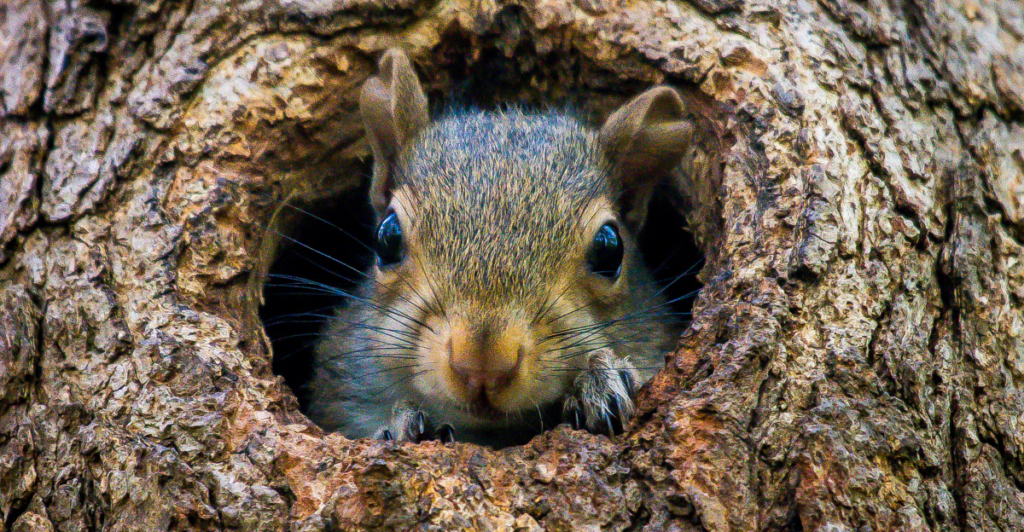
As colder weather approaches, squirrels gather extra food and store it more aggressively, sensing that a harsh winter or storm may be near. Their fur even thickens in response to dropping temperatures, providing extra insulation.
12. Foxes
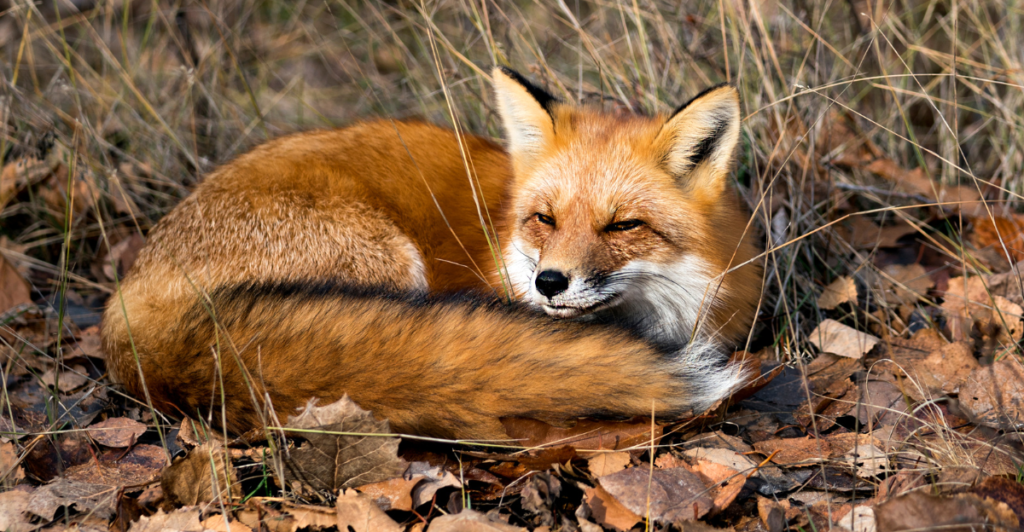
These clever animals may exhibit more erratic behavior, becoming more active or seeking shelter in dens and thickets to avoid the impending bad weather. Their keen senses allow them to detect subtle environmental changes, often leading them to alter their routines in preparation for adverse conditions.
Discover more of our trending stories and follow us to keep them appearing in your feed

“There Will Be Eruptions”: Concerns Mount as Yellowstone Supervolcano Activity Shifts
Climate Change Overestimated? New Data Shows Oceans Are Cooling The Planet Faster Than Predicted
The War on Cows Is Over—And Green Extremists Have Lost
Lake Shasta’s Remarkable Comeback From Drought Captured in Stunning Images
References:
Reference 1
Reference 2
Reference 3
This article first appeared here
Stay connected with us for more stories like this! Follow us to get the latest updates or hit the Follow button at the top of this article, and let us know what you think by leaving your feedback below. We’d love to hear from you!







